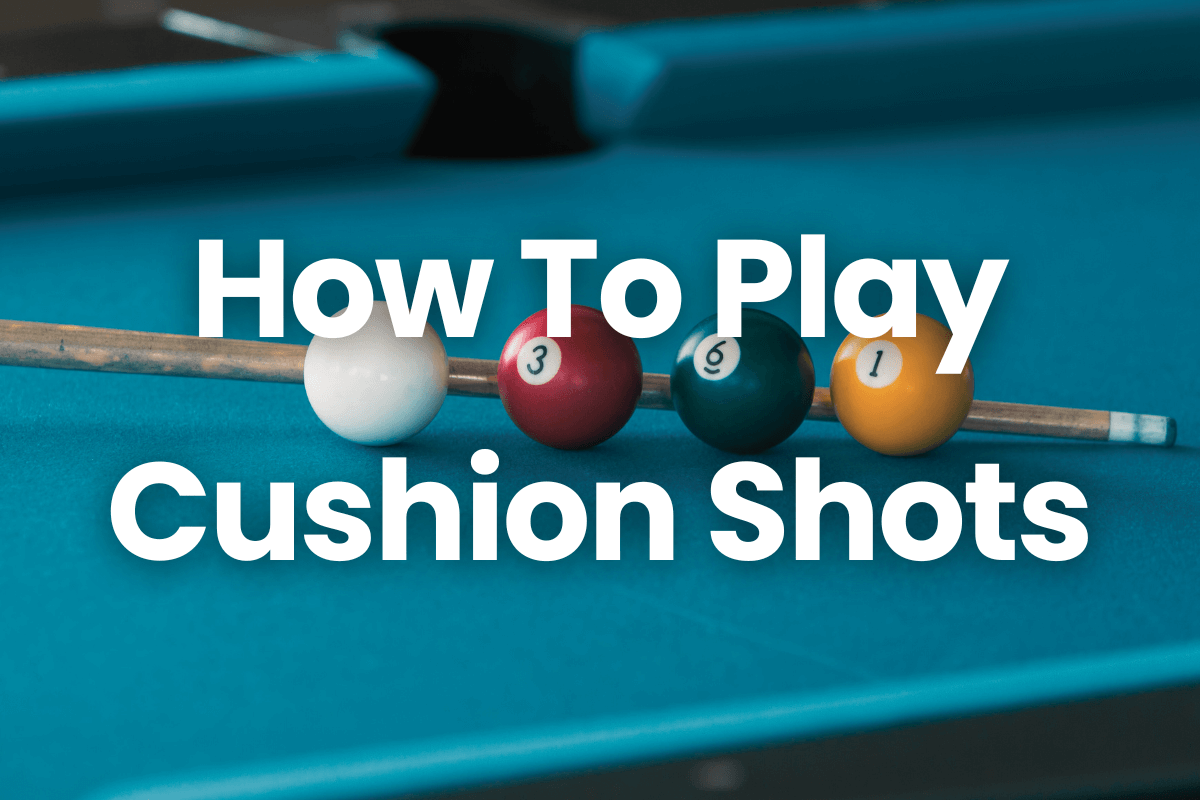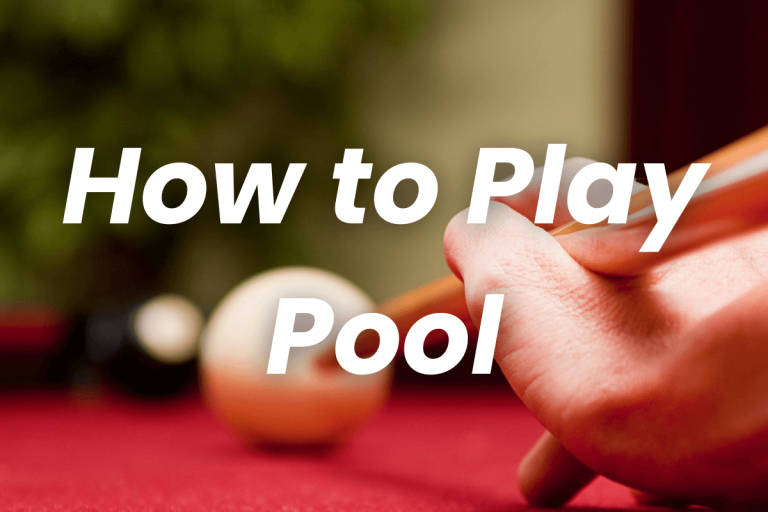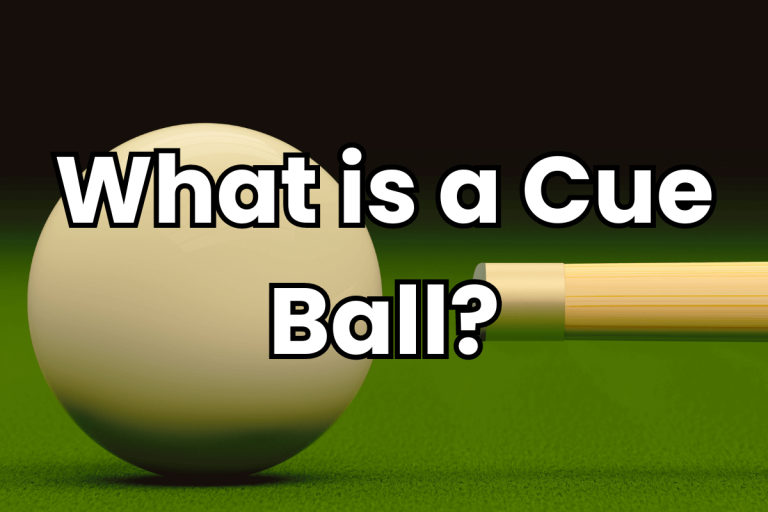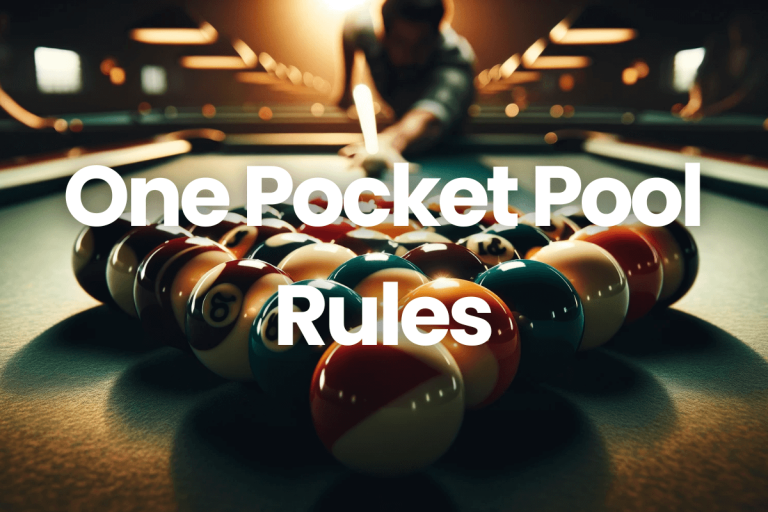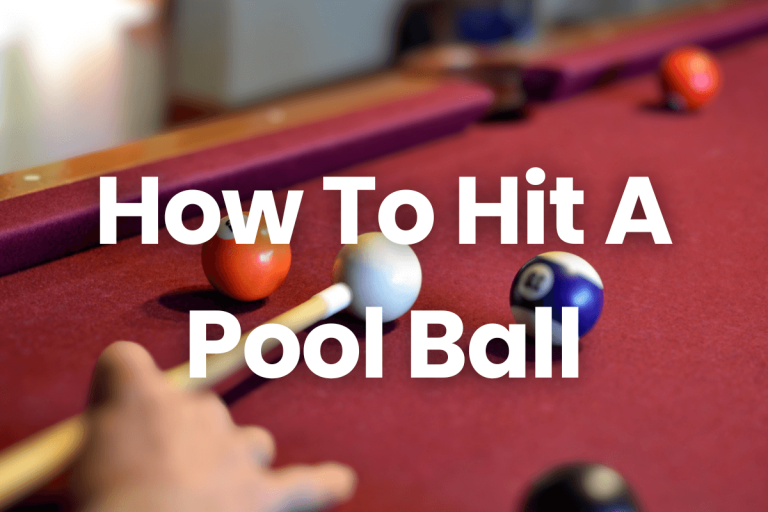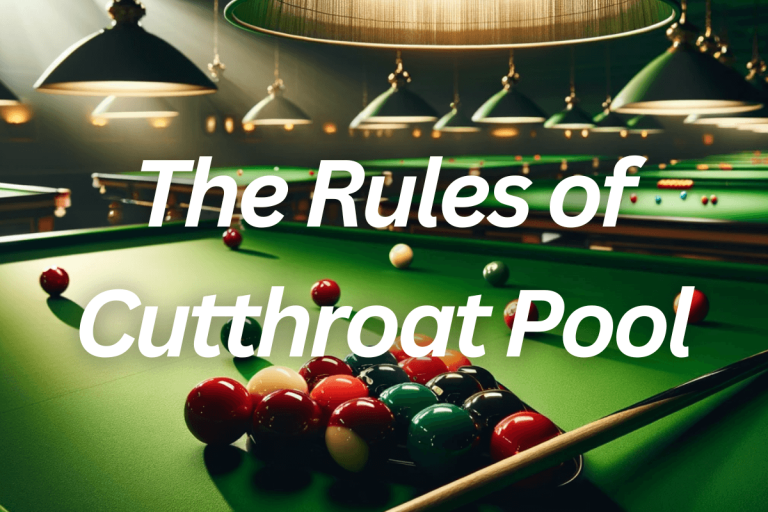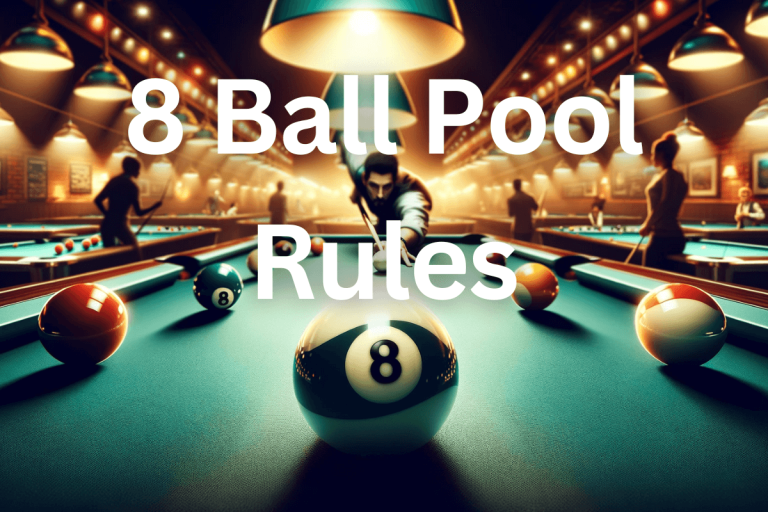Cushion Shots in Pool: Elevate Your Game with Expert Tips & Techniques!
Cushion shots in pool, pivotal for strategic gameplay, involve hitting the cue ball to bounce off the table’s sides, aiming for a target ball. These shots require a nuanced understanding of angles, speed, and spin, challenging even seasoned players. Mastering cushion shots is crucial for advancing in pool, as they often turn the tide in complex situations. This skill not only enhances precision and control but also significantly elevates a player’s overall game, marking the transition from novice to adept.
Understanding the Basics of Cushion Shots
What Exactly is a Cushion Shot?
At its core, a cushion shot in pool is where the cue ball hits the table’s cushion, or side before it makes contact with the target ball. Think of it like a ricochet – but in pool, it’s all about precision, not luck. These shots are essential, especially when a direct shot is blocked or when you need to position the balls favorably for your next move.
The Basic Principles of Cushion Shots
To pull off a successful cushion shot, you need to understand a few key principles:
- Angle of Incidence and Reflection: The angle at which the cue ball hits the cushion is crucial. It’s like bouncing a ball off a wall; the angle it hits the wall at is the same angle it will come off at. This is what we call the ‘angle of incidence equals the angle of reflection’ principle.
- Control: It’s not just about hitting the ball hard. You need to have control over the force you apply. Too much power and your ball might just fly off the table; too little, and it won’t reach your target.
The Role of Physics in Cushion Shots
Believe it or not, physics plays a huge role in pool, especially in cushion shots.
- Angles: As mentioned, the angle at which you hit the ball determines its path after hitting the cushion. This requires a good understanding of geometry.
- Speed: The speed of the cue ball affects its trajectory after the bounce. Faster speeds can reduce the angle of reflection, while slower speeds might not give you the momentum needed to reach the target ball.
- Spin: Applying spin to the cue ball can alter its path post-cushion impact. Topspin, backspin, and sidespin can all be used to control the ball’s movement, making the shot more complex but also more versatile.
Types of Cushion Shots in Pool
In the pool world, cushion shots are like the spices in cooking – they add that extra flavor to the game. There are several types, each with its own flair and strategic use. Let’s dive into the most common ones: single, double, and triple cushion shots.
Single Cushion Shots
- What Are They?: Single cushion shots involve the cue ball hitting one cushion before reaching its target. It’s the most basic yet versatile type of cushion shot.
- When to Use: They’re perfect when you need to get around an obstacle ball or when the direct path to the target ball is blocked. They are also great for positioning the cue ball for your next shot.
Double Cushion Shots
- The Upgrade: As the name suggests, double cushion shots involve the cue ball hitting two cushions. These require a better understanding of angles and more precise control.
- Strategic Play: Use these when a single cushion shot doesn’t offer a clear path. They’re handy for escaping snookers or setting up a defensive play.
Triple Cushion Shots
- Master Level: Here, the cue ball hits three cushions before reaching the target. These shots are complex and require a high level of skill and understanding of the game’s physics.
- Show-Off Time: Triple cushion shots are often used in situations where other shots seem impossible. They’re not just about getting the ball to the pocket but also about impressing your opponents and spectators with your skill level.
Step-by-Step Guide to Executing Cushion Shots
Cushion shots can be a bit intimidating at first, but with the right approach, they become an invaluable tool in your pool arsenal. Here’s a beginner-friendly guide to help you master these shots and some tips to sidestep common pitfalls.
Getting Started with Cushion Shots
Step 1: Analyze the Shot
Identify the Target: Look at the layout of the table and decide where you want the cue ball to go after hitting the cushion.
Visualize the Path: Imagine a line from the cue ball to the cushion and from the cushion to your target.
Step 2: Positioning and Stance
Get Comfortable: Stand comfortably with your feet shoulder-width apart.
Align Your Body: Your body should be aligned with the imaginary line you visualized.
Step 3: Cue Positioning
Grip and Cue: Hold your cue stick firmly but not too tightly. Your grip should be relaxed.
Aim: Aim at the point on the cushion where you want the cue ball to hit. Remember, the angle of incidence is equal to the angle of reflection.
Step 4: The Shot
Focus on the Speed: The speed of your shot will greatly influence the cue ball’s behavior after hitting the cushion.
Execute the Shot: Strike the cue ball smoothly. Keep your movements fluid and controlled.
Step 5: Practice and Adjust
Observe the Outcome: Watch how the ball behaves. Did it follow the path you envisioned?
Make Adjustments: If it didn’t go as planned, adjust your angle or force in the next attempt.
Common Mistakes and How to Avoid Them
Mistake 1: Incorrect Angle Prediction
- Fix: Spend time understanding the angle of reflection. It’s a fundamental principle of physics in pool.
Mistake 2: Inconsistent Cueing
- Fix: Practice your stroke to ensure it’s straight and consistent. Use the cue’s alignment to help guide your shots.
Mistake 3: Misjudging the Speed
- Fix: Speed control is key. Experiment with different speeds in practice to see how they affect the ball’s path.
Mistake 4: Overlooking Spin Effects
- Fix: Be aware of how spin affects the cue ball. Practice with and without applying spin to see the difference.
Mistake 5: Losing Focus and Confidence
- Fix: Stay relaxed and focused. Confidence comes with practice, so don’t get discouraged by initial failures.
Strategies for Using Cushion Shots in Competitive Play
1. Defensive Play
Safety Shots: Use cushion shots to position the cue ball in places where it’s hard for your opponent to score.
Blocking Opponents: Position the object balls using cushion shots in a way that blocks your opponent’s easy shots.
2. Offensive Strategies
Clearing the Table: Utilize cushion shots to break clusters or to pocket difficult balls.
Setting Up for the Win: Use cushion shots to position the cue ball for subsequent shots, paving the way for a clear finish.
3. Psychological Play
Intimidation with Skill: Executing complex cushion shots can be psychologically intimidating to opponents.
Maintaining Composure: Stay calm and focused, even when performing difficult shots. Confidence can unsettle your opponent.
4. Adaptability
Reading the Table: Always assess the table layout before deciding on your shot.
Flexibility in Strategy: Be ready to change your strategy based on the game’s flow and your opponent’s playstyle.
Conclusion
Mastering these advanced techniques and strategies for cushion shots can significantly up your game in the competitive pool scene. It’s not just about making impressive shots, but also about understanding when and how to use them effectively. Remember, consistent practice, a strategic mind, and the ability to adapt quickly are what separate good players from great ones. So, keep these tips in mind, practice diligently, and watch your game reach new heights!
FAQs
Do I need a special cue for cushion shots?
No, you don’t need a special cue specifically for cushion shots. A standard, well-maintained pool cue is sufficient. However, comfort and fit are important, so choose a cue that feels right for you.
Are cushion shots more about luck than skill?
Not! Cushion shots require skill, understanding of angles, and precise execution. While luck can play a part in any game, consistent success with cushion shots is largely skill-based.
Can cushion shots be used in every game scenario?
Cushion shots are versatile, but they’re not always the best choice. Assess the table and decide if a cushion shot is the most strategic option for that particular situation.
Is it harder to control the cue ball with cushion shots?
Control can be more challenging due to the added variables like cushion rebound and spin. However, with practice, you can achieve a high level of control even with cushion shots.
Are cushion shots only for advanced players?
While they can be more complex, even beginners can learn and effectively use basic cushion shots. They are an integral part of improving and diversifying your pool game.

